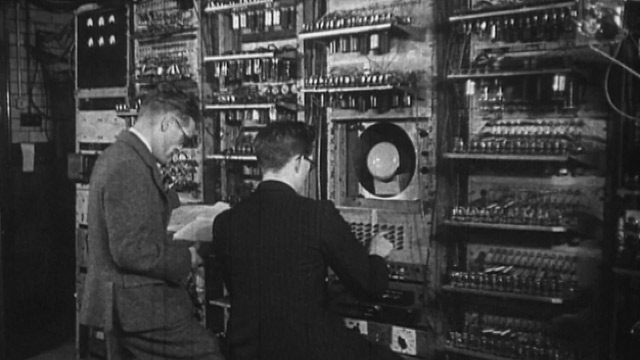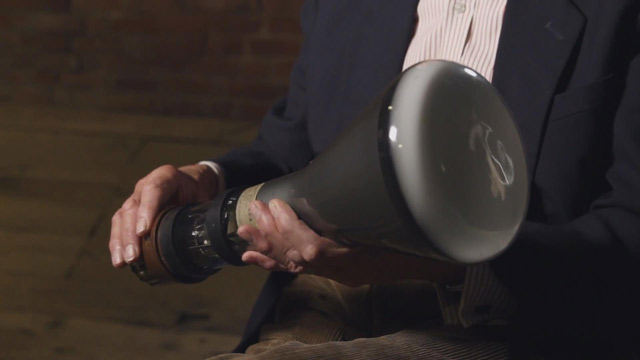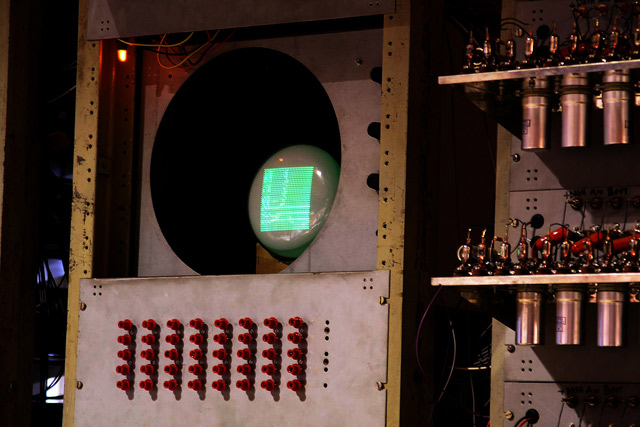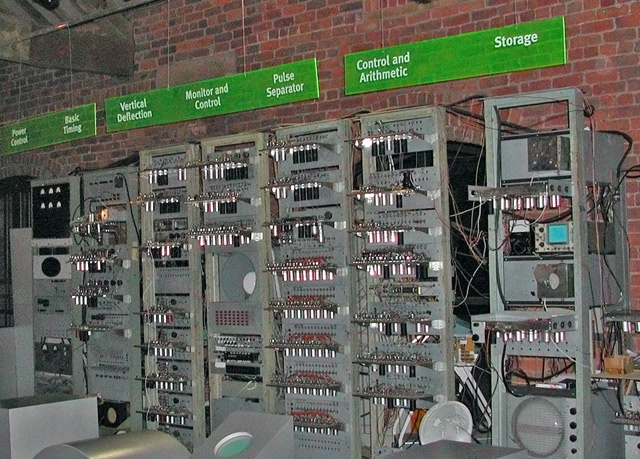Manchester's small experimental machine is 65 years old

Today marks exactly 65 years since the launch on June 21, 1948 of the Manchester Small Experimental Machine , the Manchester MEM with the affectionate nickname of Baby (Baby), the first computer in history capable of running a program from electronic memory (RAM). This is a significant moment in history, when the concept of storing programs and data in memory was first implemented, that is, the von Neumann architecture, which formed the basis of modern computer technology.
Previously, the instructions for the computer were stored in physical form: on punched cards or punched tapes. Changing the program was quite difficult, because you had to redo the physical media. The appearance of the Baby has radically changed the situation. Some call June 21, 1948 the birthday of software in its current form.
Developed at the University of Manchester, the “Baby” with a size of 5.23 × 2.26 meters weighed about a ton.
')
In this computer, they tried to use information storage cathode ray tubes ( Williams-Kilburn tubes ), invented by radar engineer Freddie Williams of the University of Manchester in 1946, and improved with Tom Kilburn in 1947-1948.

Cathode storage tube
June 21, 1948 at the "Baby" launched the first program. She wrote Tom Kilburn. The program consisted of 17 instructions and searched for the greatest divider 2 18 (262144), going through all the integers from 2 18 -1 and less. After 3.5 million operations and 52 minutes of computing, the computer found the correct answer: 131072.
In the process of calculating the program showed the state of its memory on a CRT monitor. The red switches below served to enter information.

The five-meter “Baby” had a RAM of 1024 bits (128 bytes) with a clock frequency of 0.1 MHz.
The computer was created exclusively to test the new type of memory, hence the name of the machine. After a successful check, the Manchester MEM was disassembled, and the storage tubes were used as RAM in many other computers in the 40-50s, including Manchester Mark 1 (1949) and Ferranti Mark 1 (1951), IBM 701 (1952) and IBM 702 (1953). ). In the USSR, memory tubes were used as memory in the M-1 machine (1951) and the first versions of the Strela computer (1953). After the invention of ferrite memory, the Williams tubes fell into disuse.
Today, nothing remains of the original Manchester small experimental machine, but by the 50th anniversary of the MEM, its working copy was created, which is exhibited today for demonstration in the Manchester Museum of Science and Industry.

Source: https://habr.com/ru/post/184166/
All Articles